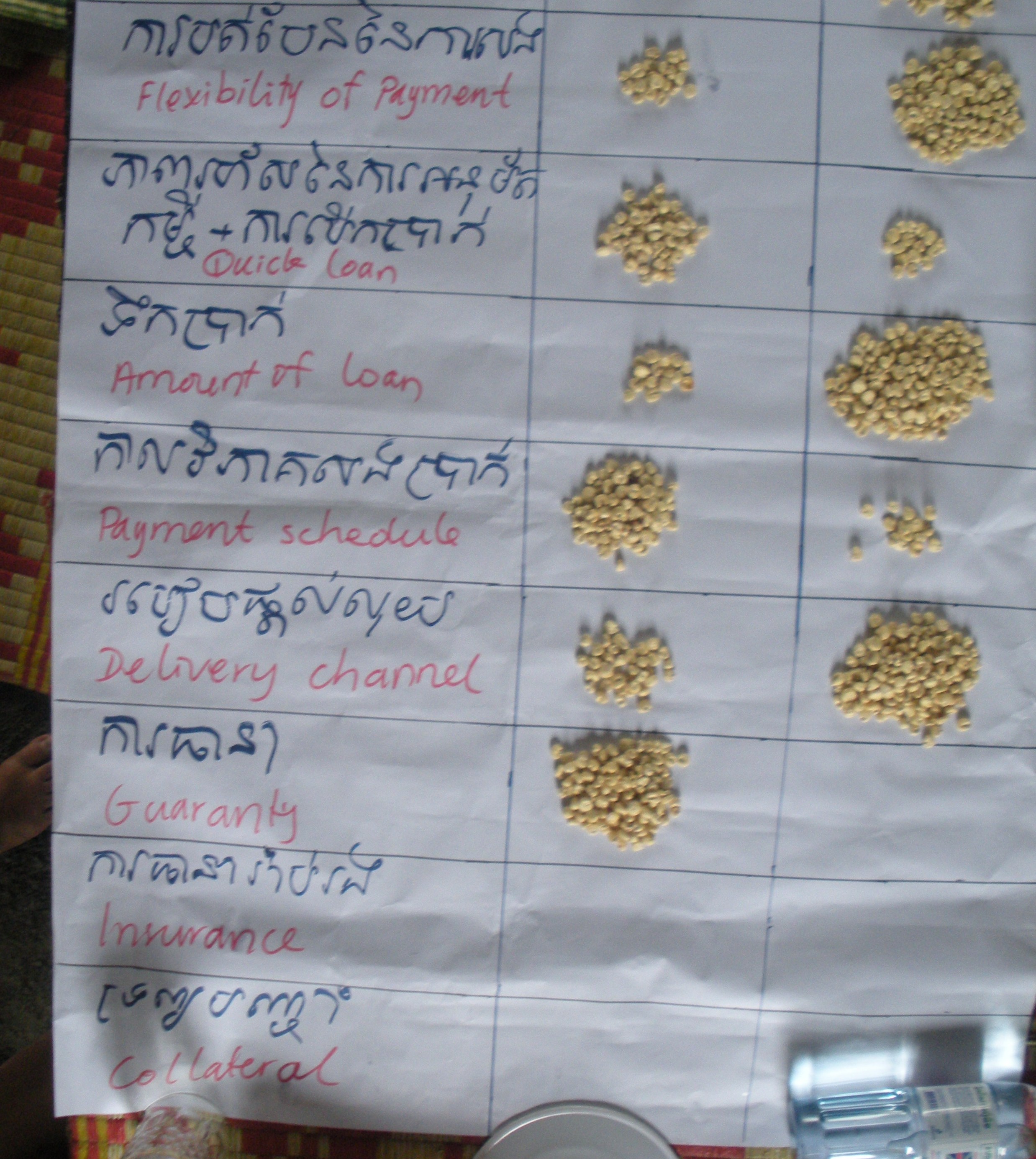 Market research is now an indispensable tool for MFIs in enhancing their products and services. The emerging trend is now far from the previous one-size-fits-all financial products that has been the cornerstone of microfinance success for several decades. Group loans are basically reserved for first time borrowers that have yet to establish track record of repayment and those without collateral. For those who have been accessing loans from MFIs for several years, and who were able to move up to the income ladder, financial products that respond to their specific requirement are what they needed.
Market research is now an indispensable tool for MFIs in enhancing their products and services. The emerging trend is now far from the previous one-size-fits-all financial products that has been the cornerstone of microfinance success for several decades. Group loans are basically reserved for first time borrowers that have yet to establish track record of repayment and those without collateral. For those who have been accessing loans from MFIs for several years, and who were able to move up to the income ladder, financial products that respond to their specific requirement are what they needed.
MFIs should respond to this reality to be able to retain their existing clients and to reach out to other clients. Categorizing products and services will help MFIs rationalize its offering and be able to look at what is lacking.
Loan products can be categorized into two main purposes: for income-generating economic activities and non-income-generating activities. In most Asian countries, the income-generating activities can further be divided into two: enterprises and agricultural production.
Enterprises on one hand, refers to the economic activities of microfinance clients mostly trading in nature. These includes, vending, buy-and-sell, small variety store and the like. Other economic activities involving simple production skills also fall in this category like handicrafts, preparation of foodstuff and the like. Activities with growth potentials can be provided not only with loans but also with technical assistance for it to move up from micro-enterprise to small and medium classification, where a more organized and systematic management skills is needed.
Agricultural production on the other hand, refers to economic activities related to the production of crops, poultry and livestock and even fishery particularly fish culture. The production process from planting to harvesting is the main focus of financing. The risky nature of agricultural production is the reason why banks shy away from this sector.
The non-income-generating needs also known as consumption needs of the clients can also be further categorized into two: life cycle needs and emergency needs.
Life cycle needs refer to the events in one’s life where bigger amount of money is needed. This includes expenses for birth, education, house building or improvement, acquiring assets like land, marriage, old-age pension, death, and other events determined by our tradition and culture.
Emergency needs refer to unexpected expenses brought about by natural calamities like typhoons, floods, earthquakes and even man-made calamities and personal emergencies like sickness, accidents and the like.
These general categories rationalize an MFI’s list of products and services. Providing the clients with wide array of products that can cover their specific needs will surely develop client loyalty. It will ensure not only the sustainability of the institution but the improvement of standard of living of the client as well.
